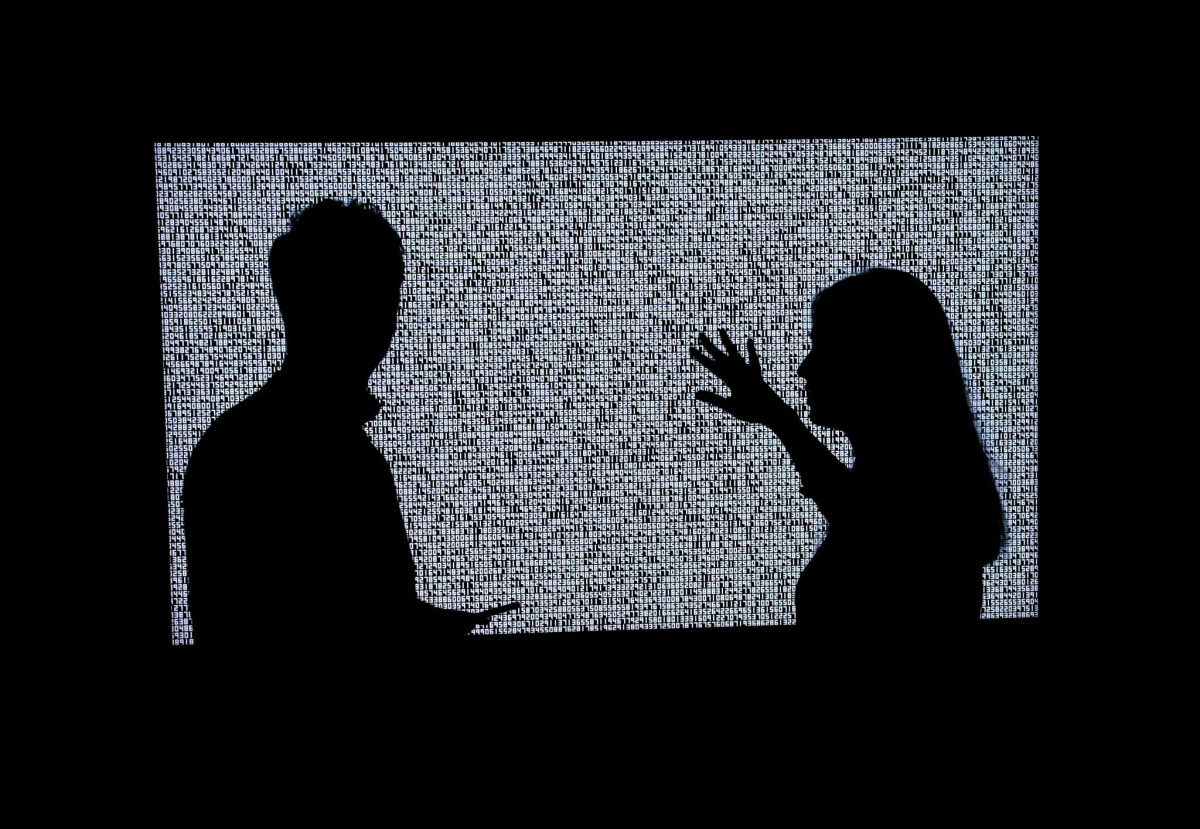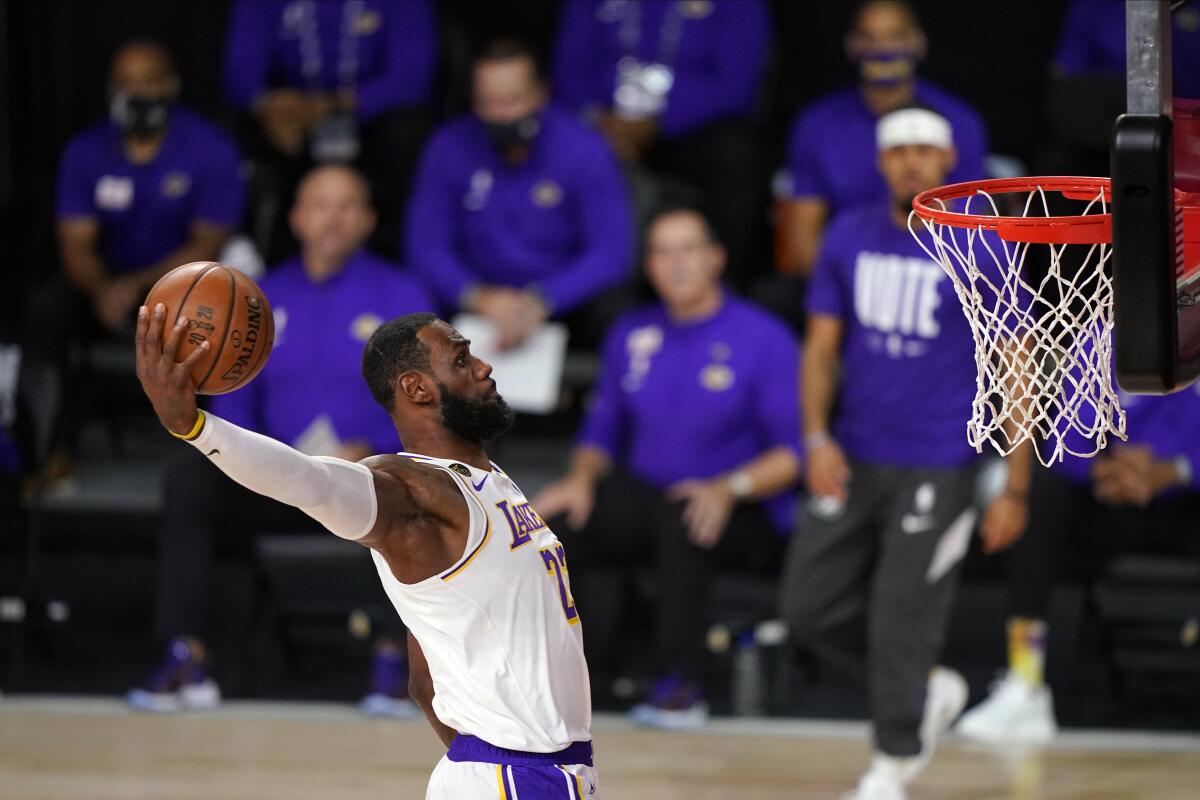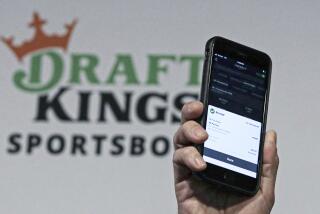A clear explanation of NFTs and their potential impact on sports

- Share via
When Evan Mobley declared for the NBA draft in April, he didn’t go the traditional route. Mobley eschewed a news release or Players’ Tribune post, instead making his announcement by releasing an NFT.
Mobley’s nonfungible token, which in addition to the digital asset itself entitled the buyer to two signed Mobley jerseys and two tickets to a future game with a meet and greet, sold for 2.1 ether. On April 19, when the transaction happened, that was equivalent to $2,163. Now it’s $4,017. Volatility is part of the deal in cryptocurrency and it’s part of the deal with NFTs. Whether Mobley’s NFT would bring the same kind of demand as it did two months ago is a question.
Since peaking in the spring, the market for sports NFTs — driven in large part by NBA Top Shots — has settled down. But that hasn’t stopped athletes from jumping in. Just in the past week, Oregon defensive lineman Kayvon Thibodeaux announced he would become the latest to release one.
The argument for NFTs goes something like this: There is a degree of uncertainty if you were to come across a rare baseball card. Unless the card in question is so old that finding a new one would be an event within the industry — a 1909 T-206 Honus Wagner, for example — you don’t know how many others exist. What might be rare now might not be in a year. If you’re buying or selling the card, getting it authenticated is a time-consuming and expensive process that includes shipping it back and forth. The card could incur damage, hurting its value.
In the digital world, though, NFTs circumvent that process by their nature, say investors.
It’s easy to conflate and misunderstand what NFTs are, because the term nonfungible token is a catch-all for a type of technology that’s been used within the cryptocurrency space — another area that’s inherently hard for many to wrap their head around. In short, it’s a way of authenticating both ownership and veracity of a digital item. There’s no end to the potential uses, no one with a clear answer on how or when that technology could become a regular part of life. Right now, much of the intrigue comes around NFT collectibles.
Nonfungible tokens are a dressed-up species of bookkeeping. But what art needs is less auditing and more ecstasy.
To stay with the sports card example, an NFT such as those sold on NBA Top Shot is a digital version of a traditional basketball card. All those drawbacks of the physical card are gone. Through blockchain technology, it’s easy to see a Top Shot’s history — who’s owned it, how many others there are, what it’s sold for in the past and estimate its value off that information. Instead of a still photo, it might be a GIF or highlight, like LeBron James’ windmill dunk that mirrored a similar Kobe Bryant highlight. That one sold for almost $400,000 in April.
“I can poke holes in a lot of this as well,” said Steve Poland, who runs a website covering the Top Shot market and bid $100,000 on the LeBron dunk highlight, of NFTs. “I have bought into this, I have sold out of this, I still hold some of this, but yes indeed. How many dunks has LeBron James had this year?”
Poland is a believer. He sees digital collectibles like Top Shot holding real value in the future, and sees the concept of NFTs reaching greater, more mainstream heights. But that comes with some qualifiers.
As it relates to Top Shot, the market blew up in the spring, reaching heights that no one expected. It has since calmed down, and Poland said steps have been taken to make sure more digital cards are available for sale so demand doesn’t immediately spike resale prices. But items such as the LeBron dunk will continue to hold long-term value.

“I don’t think that’s been for sale in at least three months,” he said. “These people are holding it. Currently there’s a maximum price you can list things (on the Top Shot market) at $250,000. … Nobody wants to sell theirs for $250,000 currently.”
Top Shot, though, is just one of many places where you can buy NFT collectibles. It’s also one of the easiest to get into. You can buy them with a credit card, but to buy an NFT on Open Sea, one of the industry’s biggest marketplaces, you need to pay in ethereum — a cryptocurrency. To do that, you first need to get ethereum, which is a complicated, hard-to-understand process.
The technology behind Thursday’s $69-million digital painting sale may be a bubble, or it may be the wave of the future in art and media. Maybe both.
Some investors, like CryptoKickers founders Joey Flynn and Thomas Dimson, are going all-in on the concept, even in its most purely digital form. They recently bought a $10,000 digital plot of land in order to build a digital showroom in which to showcase digital sneakers that their company mints and sells as NFTs.
“I think the kind of galaxy-brain look at this is, as crypto becomes more pervasive, people will be spending more and more time in these digital worlds,” Flynn said. “And wearables in these digital worlds, the next Nike, the next Adidas, the next Puma will actually be built in the metaverse.”
Adam Richman and Joe Silberzweig of Medium Rare said they see value in partnering with athletes and teams to create NFTs they think have historical value. Earlier this year, they worked with Rob Gronkowski to make him the first athlete to create an NFT, making a viral moment that brought buzz from “Saturday Night Live” and a product that drove nearly $2 million in sales.
For fans who don’t see the appeal in a digital collectible, the concept of NFTs could still prove pervasive. Teams could use the technology for ticketing, turning what’s already a scannable ticket on a phone into an NFT programmed to give royalties to the team and making them easy to authenticate on the secondary market. If you’re a season-ticket holder, you might get a specialized NFT that entitles you to an experience like meeting a player.
It’s been 14 years since the ‘Charlie Bit My Finger’ video was uploaded and went viral. Now the family aims to cash in on its global success.
“I think that’s gonna be more of the future of NFTs,” said Christian Ferri, the CEO of Geer, an enterprise-grade NFT company that recently launched an NFT with Italian soccer club Juventus. “I think the fact that, obviously you’re still gonna have the collectibles and so on, but I think that … cluster of people buying for the experience and the incentive, the awards, engagement, is gonna be the future of NFTs.”
Ferri got into cryptocurrency in 2012, when a friend told him to invest in Bitcoin. He’s been working with NFTs since 2018, when“no one knew about NFTs except geeks like me,” he says. He expects the questions swirling about the future of NFTs will resolve naturally in the coming years as the technology is adopted, as big names establish themselves in the industry, as the myriad companies that are trying to make a name now experience consolidation.
“It will take time,” Ferri said. “I think it’s more of, like things that are disruptive, it will take time.”
More to Read
Go beyond the scoreboard
Get the latest on L.A.'s teams in the daily Sports Report newsletter.
You may occasionally receive promotional content from the Los Angeles Times.











